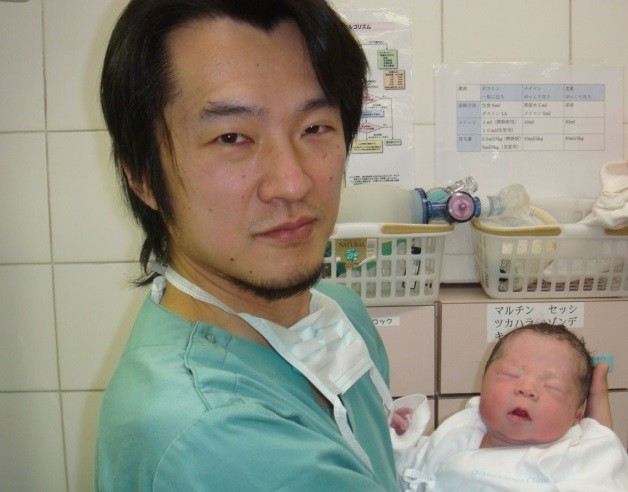Japan: Infertile Woman Gives Birth in Breakthrough Egg Growth Treatment
In vitro fertilisation helps treat women with primary ovarian insufficiency

An infertile woman in Japan has given birth to a baby boy after receiving a potentially revolutionary treatment that induces egg growth.
Developed by researchers at Stanford University School of Medicine, in vitro activation (IVA) induces infertile ovaries to produce eggs through a combination of treatments.
Doctors at the St Marianna University School of Medicine in Kawasaki, Japan, collected viable eggs from women with a condition called primary ovarian insufficiency.
"Women with primary ovarian insufficiency enter menopause quite early in life - before they turn 40," said Aaron Hsueh, senior author of the study.
"Previous research has suggested that these women still have very tiny, primordial primary and secondary follicles, and that even though they are no longer having menstrual cycles they may still be treatable."
Women are born with hundreds of thousands of primordial follicles, each containing an immature egg. Women with primary ovarian insufficiency do not produce normal amounts of oestrogen and do not release eggs regularly.
One of the treatments used in IVA is the use of the protein PTEN, which controls follicle growth. Blocking PTEN stir dormant follicles so they grow and produce mature eggs, a study from 2010 showed.
Kazuhiro Kawamura, lead author of the study, said: "For patients with primary ovarian insufficiency, egg donation is the only option for bearing a baby. These patients are eager to find a way to become pregnant with their own eggs.
"When I was successful in obtaining mature human eggs from large, developed follicles after blocking PTEN activity, I gained confidence that this approach could work clinically."
Promising treatment
The other treatment is a technique where the ovary is removed from the woman and has small holes drilled in, which is known to stimulate the development of arrested follicles and can be used on women with polycystic ovary syndrome.
Hsueh said: "Our treatment was able to awaken some of the remaining primordial follicles and cause them to release eggs."
Twenty-seven women with primary ovarian insufficiency had their ovaries removed and researchers found 13 had residual follicles that could be used.
Ovaries were then fragmented and treated with drugs to block PTEN. They were transplanted back near the fallopian tubes and the women were monitored weekly. Of the 13, eight women showed follicle growth and they were treated with hormones to stimulate ovulation. Five women developed mature eggs which were collected for IVF.
While one woman failed to become pregnant and two women were still waiting for embryo transfer, one subject gave birth to a healthy baby boy and the other was pregnant.
"Although I believed, based on our previous research, that this IVA approach would work, I monitored the pregnancy closely and, when the baby was in a breech presentation, I performed the caesarean section myself," said Kawamura. "I could not sleep the night before the operation, but when I saw the healthy baby, my anxiety turned to delight.
"The couple and I hugged each other in tears. I hope that IVA will be able to help patients with primary ovarian insufficiency throughout the world."
While IVA is unlikely to become routine procedure for many years, the researchers were looking to investigate if it could be used on women with early menopause caused by chemotherapy or radiotherapy and infertile women between the ages of 40 and 45.
Valerie Baker, of Stanford University, said, "Although there is too little data available about this experimental treatment to guarantee any kind of success rate, the approach does look quite promising for women who have run out of eggs."
© Copyright IBTimes 2024. All rights reserved.























